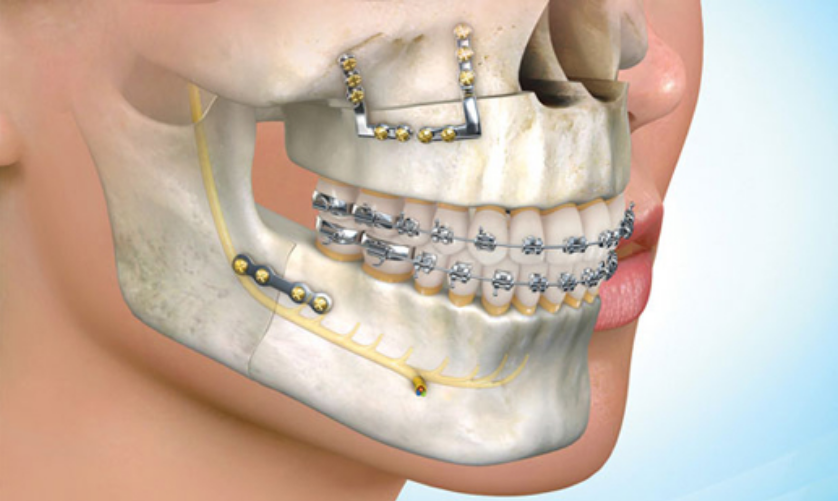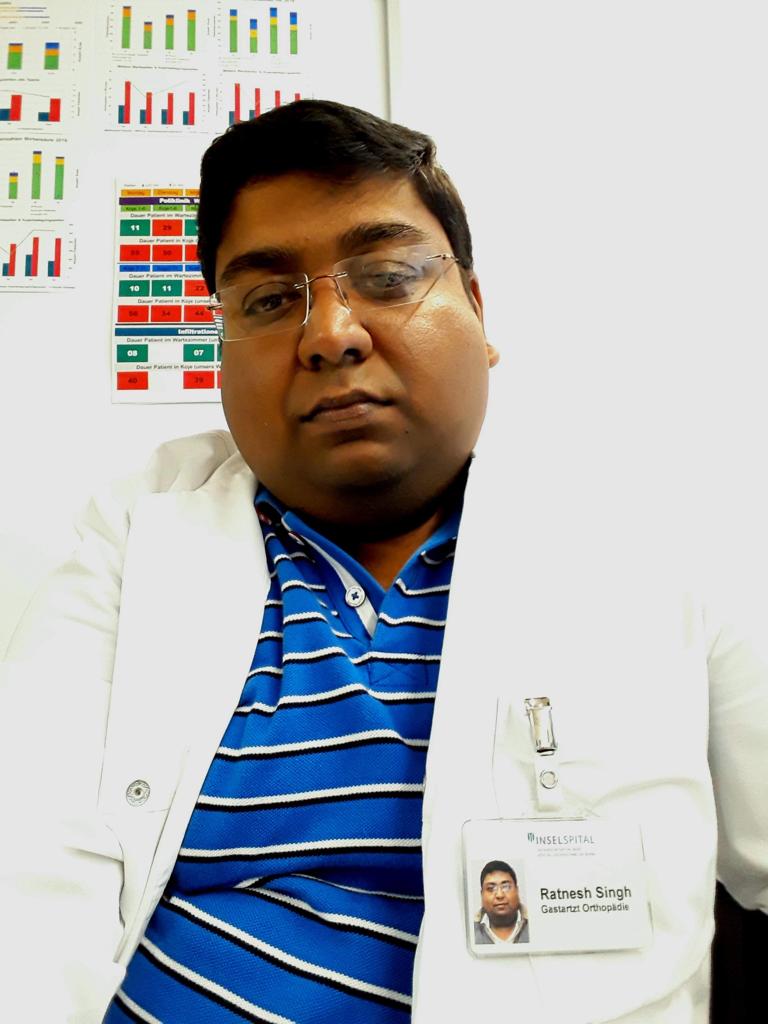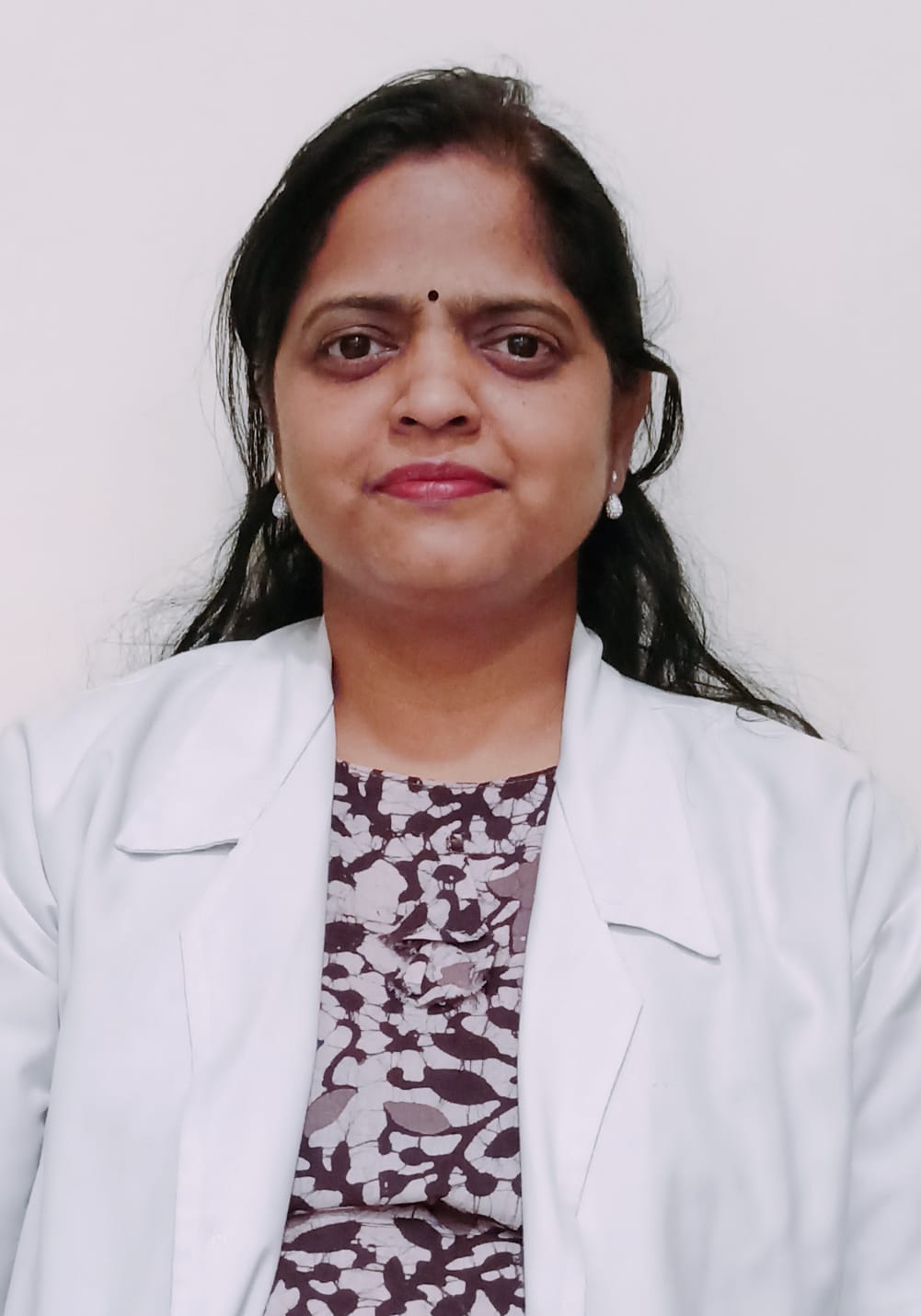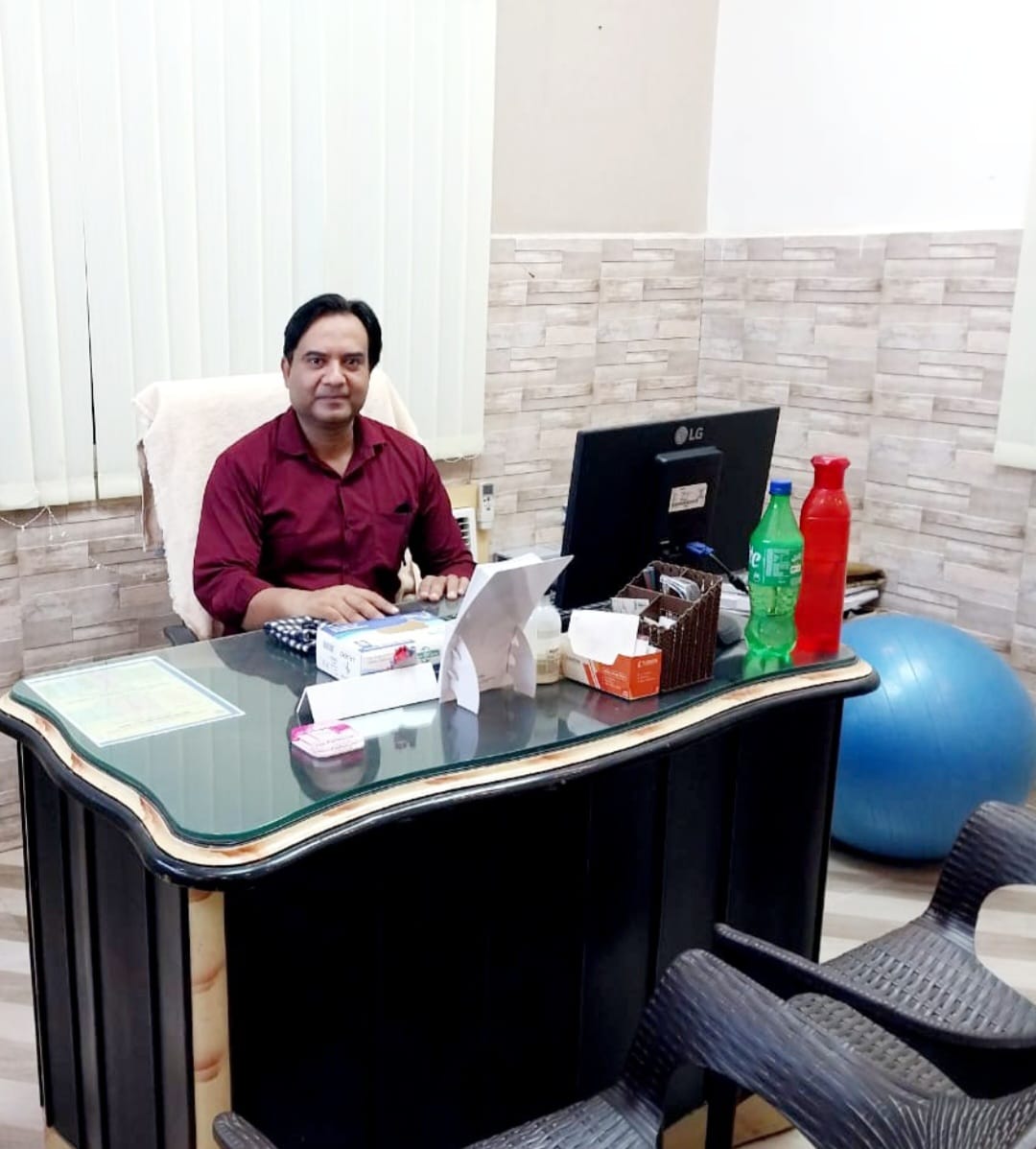Details About
Maxillo-Facial Surgery
Restoring Form and Function
Maxillofacial surgery, a specialized branch of surgical care, focuses on the diagnosis and treatment of complex conditions affecting the face, jaw, and neck regions. Skilled maxillofacial surgeons employ a multidisciplinary approach to address a wide range of issues, including congenital deformities, facial trauma resulting from accidents or injuries, jaw misalignments, and oral and facial tumors. Surgical interventions may involve corrective procedures to realign the jaw, reconstructive surgeries to restore facial features and function, removal of impacted teeth, and treatment of temporomandibular joint (TMJ) disorders. Cutting-edge techniques such as computer-assisted surgery and 3D imaging enhance precision and optimize outcomes. Maxillofacial surgery aims to improve both aesthetic appearance and functional capacity, offering patients renewed confidence, enhanced oral health, and the opportunity for a better quality of life.
Maxillofacial surgery, also known as oral and maxillofacial surgery (OMS), is a specialized branch of surgery that deals with the diagnosis and surgical treatment of various conditions and disorders affecting the face, jaws, neck, and related structures. This field encompasses a wide range of surgical procedures and services aimed at addressing both functional and aesthetic aspects of the craniofacial region. Here, I'll provide a comprehensive overview of the services and procedures offered by maxillofacial surgeons.

1. Orthognathic Surgery
Orthognathic surgery is a specialized branch of maxillofacial surgery aimed at correcting misalignment or irregularities of the jaw. This procedure is designed to enhance both bite function and facial aesthetics. It involves intricate surgical techniques such as mandibular (lower jaw) or maxillary (upper jaw) osteotomies to reposition the jaws, achieving a harmonious alignment that improves not only the appearance of the face but also its functionality.
The benefits of orthognathic surgery extend beyond aesthetics. By achieving proper jaw alignment, this surgical approach can greatly enhance oral health and overall well-being. Correcting issues related to the alignment of the upper and lower jaws can lead to a more harmonious bite, reducing discomfort or problems associated with chewing, speaking, and even breathing. This means that patients often experience a significant improvement in their quality of life after undergoing orthognathic surgery.
Orthognathic surgery is typically performed by highly skilled maxillofacial surgeons who possess extensive training in craniofacial procedures. These surgeons carefully plan and execute the surgery, taking into account the patient's unique facial structure and desired outcomes. The result is not only improved facial symmetry but also enhanced bite function, which can have a profound impact on self-esteem and overall health.
Patients considering orthognathic surgery can expect a comprehensive evaluation and consultation with their surgeon. The surgery itself is usually performed under anesthesia for the patient's comfort, and the recovery process may vary depending on the complexity of the procedure. With advancements in surgical techniques and technology, orthognathic surgery has become a transformative option for individuals seeking both functional and aesthetic improvements in their jaw alignment.
2. Dentoalveolar Surgery
Dentoalveolar surgery is a specialized field within oral and maxillofacial surgery that focuses on procedures related to the teeth and their supporting structures. This encompasses a range of surgical interventions aimed at preserving oral health and addressing specific dental issues. Common procedures in this category include tooth extraction, removal of impacted wisdom teeth, and exposure of impacted canines.
Tooth extraction is one of the most frequent dentoalveolar procedures. It is performed for various reasons, such as severely decayed teeth, teeth damaged by trauma, or teeth causing crowding. Tooth extraction is typically a straightforward procedure and is often conducted with the patient under local anesthesia to ensure their comfort.
Removing impacted wisdom teeth is another common dentoalveolar surgery. Wisdom teeth, or third molars, often don't have sufficient space to emerge properly, leading to impaction. Impacted wisdom teeth can cause pain, infection, and other oral health issues. Surgeons carefully remove these teeth to alleviate discomfort and prevent further complications.
Exposure of impacted canines is performed when these crucial teeth, also known as eye teeth, fail to erupt. This condition can disrupt the alignment of the teeth and hinder proper function. Surgeons create a pathway for the impacted canines to emerge, often in collaboration with orthodontic treatment to ensure they take their proper place in the dental arch.
Dentoalveolar surgery plays a pivotal role in maintaining oral health and preventing future dental problems. These procedures are conducted with precision and care to ensure minimal discomfort and swift recovery for patients. Patients undergoing dentoalveolar surgery can expect a comprehensive evaluation, personalized treatment planning, and post-operative instructions to promote a successful recovery and long-term oral well-being.
3. Facial Trauma Reconstruction
Facial trauma, which includes injuries such as fractures of the jaw, cheekbones, or nose, can have a significant impact on a person's appearance and functionality. Maxillofacial surgeons are often the first responders in cases of facial trauma, and they play a crucial role in the recovery and healing process. These skilled surgeons have a deep understanding of the facial anatomy and are trained to address a wide range of traumatic injuries.
The primary goal of facial trauma reconstruction is to restore both form and function. This involves meticulously realigning fractured bones, suturing lacerations, and addressing any damage to the oral and maxillofacial structures. Reconstructive procedures aim to ensure that patients regain not only their physical appearance but also the ability to speak, chew, and breathe without impediments.
Maxillofacial surgeons use advanced techniques and technologies to achieve the best possible outcomes. In cases of jaw fractures, for instance, they may use wiring or plates and screws to stabilize the bones during the healing process. Additionally, they work closely with other medical and dental specialists when necessary, such as ophthalmologists or otolaryngologists, to address complex facial injuries comprehensively.
The psychological impact of facial trauma can be substantial, and maxillofacial surgeons are attuned to the emotional needs of their patients. Beyond the physical reconstruction, they provide support and counseling to help patients cope with the emotional aspects of recovery. Patient-centered care and a personalized approach are central to the practice of facial trauma reconstruction, ensuring that individuals not only heal physically but also regain their self-confidence.
In summary, facial trauma reconstruction by maxillofacial surgeons is a multidisciplinary effort to restore both the aesthetics and functionality of the face following traumatic injuries. These skilled professionals bring together their expertise in surgery, anatomy, and patient care to ensure that individuals can recover from trauma and regain a sense of normalcy in their lives.
4. Cleft Lip and Palate Repair
Cleft lips and palates are congenital conditions that can significantly affect a person's appearance and ability to speak and eat. Maxillofacial surgeons play a vital role in the multidisciplinary team that addresses these conditions, working to help patients achieve normal speech and appearance. Clefts occur when there is incomplete development of the lip and/or palate during fetal growth. They can vary in severity and may involve only the lip, the palate, or both.
Repairing cleft lips and palates is a complex process that typically involves multiple surgeries over a period of time, starting in infancy. The primary goals of these surgeries are to close the gap in the lip and/or palate, improve the function of affected areas, and enhance the patient's facial aesthetics. Maxillofacial surgeons collaborate closely with other specialists, including pediatricians, speech therapists, and orthodontists, to ensure comprehensive care.
The first surgery to repair a cleft lip typically takes place when the child is a few months old, followed by additional procedures as needed. Repairing a cleft palate may involve several surgeries over a few years to ensure proper development of speech and feeding abilities. Maxillofacial surgeons use their expertise in craniofacial surgery to create a functional, normal appearance and help patients overcome the challenges associated with cleft conditions.
Beyond the surgical interventions, comprehensive care for patients with cleft lips and palates often includes speech therapy and orthodontic treatments to address any associated issues with speech and dental alignment. The collaboration of a dedicated team of healthcare professionals, along with the skill and experience of maxillofacial surgeons, is instrumental in helping patients with cleft conditions lead healthy, fulfilling lives.
In summary, maxillofacial surgeons play a pivotal role in the repair of cleft lips and palates, providing patients with the opportunity for improved speech and appearance. Through a series of surgeries and a multidisciplinary approach to care, these skilled professionals offer a path to a brighter future for individuals born with these congenital conditions.
5. Temporomandibular Joint (TMJ) Surgery
Temporomandibular joint (TMJ) disorders can be a source of persistent pain and discomfort, affecting a person's ability to speak, chew, and even open their mouth. Maxillofacial surgeons are experts in addressing these issues and can perform a range of procedures to alleviate TMJ-related problems. TMJ disorders can manifest as pain in the jaw, headaches, difficulty opening and closing the mouth, and even clicking or popping sounds in the jaw joint. These conditions can significantly impact one's quality of life.
TMJ surgery can be a viable option when conservative treatments, such as physical therapy, medications, or lifestyle modifications, do not provide relief. Maxillofacial surgeons are trained in various surgical techniques, including arthroscopy, which involves using minimally invasive instruments to diagnose and treat TMJ issues. During arthroscopy, a tiny camera is inserted into the joint to assess the condition and make necessary repairs.
In more severe cases, where the joint is significantly damaged or degenerated, joint replacement may be recommended. This procedure involves the replacement of the TMJ with an artificial joint, allowing for improved function and a reduction in pain. Maxillofacial surgeons carefully evaluate each patient's unique situation and determine the most appropriate surgical approach to provide the best possible outcome.
The goal of TMJ surgery is to relieve pain, restore proper jaw function, and enhance the patient's overall quality of life. It's important for individuals experiencing persistent TMJ-related symptoms to seek consultation with a maxillofacial surgeon who can provide a comprehensive evaluation and develop a personalized treatment plan.
In conclusion, maxillofacial surgeons are skilled in addressing TMJ disorders through surgical interventions. These procedures offer relief from pain and the restoration of normal jaw function, improving the patient's well-being and ability to enjoy everyday activities without discomfort.
6. Oral Pathology
Maxillofacial surgeons play a crucial role in the diagnosis and treatment of oral and facial pathologies, which encompass a wide range of conditions, including cysts, tumors, and infections. Early detection and management of these pathologies are essential for ensuring the best possible outcomes. Pathologies in the oral and facial regions can manifest as various symptoms, such as persistent sores, swelling, pain, or changes in the appearance of oral tissues. Timely evaluation by a maxillofacial surgeon is vital to determine the nature of the condition and develop an appropriate treatment plan.
The diagnostic process typically involves a comprehensive examination, including imaging studies like X-rays or scans. If a pathology is suspected, a biopsy may be recommended. A biopsy is a procedure in which a sample of the affected tissue is collected and examined under a microscope to establish a definitive diagnosis. The type of treatment required varies depending on the nature and extent of the pathology. Some conditions may necessitate surgical excision to remove the affected tissue. In cases where malignancy is suspected, prompt action is taken to address the condition and, if necessary, arrange for further oncological treatments.
It is important to emphasize that early diagnosis and intervention significantly increase the chances of successful treatment. Maxillofacial surgeons work in collaboration with pathologists, oncologists, and other healthcare professionals to ensure that patients receive the most appropriate and effective care. Beyond treatment, patient education plays a vital role in encouraging individuals to recognize any concerning symptoms in the oral and facial areas and seek professional evaluation without delay.
In summary, the field of oral pathology encompasses the diagnosis and treatment of a wide range of oral and facial conditions, including cysts, tumors, and infections. Maxillofacial surgeons are highly trained to evaluate and manage these pathologies, offering timely interventions that enhance the prognosis and overall well-being of patients.
7. Obstructive Sleep Apnea Surgery
Obstructive Sleep Apnea (OSA) is a sleep disorder characterized by the recurrent obstruction of the upper airway during sleep, leading to pauses in breathing and disrupted sleep patterns. It can result in a range of health issues, including daytime fatigue, cardiovascular problems, and decreased quality of life. While non-surgical treatments like Continuous Positive Airway Pressure (CPAP) machines are effective for many OSA patients, surgical interventions can be a valuable option for those who don't respond well to or cannot tolerate CPAP therapy.
Surgical approaches to OSA primarily focus on repositioning or reshaping the upper airway structures to alleviate blockages and improve airflow during sleep. One common surgical procedure is uvulopalatopharyngoplasty (UPPP), which involves the removal of excess tissue from the throat, including the uvula, tonsils, and part of the soft palate. Another procedure, genioglossus advancement (GA), repositions the tongue muscle attachment to prevent its collapse into the airway during sleep.
Maxillofacial surgeons may also perform maxillomandibular advancement (MMA) surgery, which repositions the upper and lower jaws to enlarge the airway space. Additionally, hyoid suspension surgery stabilizes the hyoid bone, which can help prevent airway collapse. The choice of surgery depends on the specific anatomical factors contributing to a patient's OSA.
It's important to note that surgical interventions for OSA are typically considered when other treatment options have been exhausted or are not suitable for the patient. The decision to undergo OSA surgery is made following a comprehensive evaluation by sleep specialists and maxillofacial surgeons. While surgery can be effective in improving sleep apnea symptoms, it's essential for patients to discuss the potential risks, benefits, and long-term outcomes with their healthcare providers to make an informed decision.
In summary, obstructive sleep apnea surgery aims to alleviate airway obstruction during sleep and improve the quality of life for affected individuals. Surgical options are available for patients who do not respond to non-surgical treatments or have specific anatomical issues contributing to their OSA. A collaborative approach involving sleep specialists and maxillofacial surgeons is crucial for identifying the most appropriate surgical procedure for each patient's needs.
8. Facial Aesthetic Surgery
While maxillofacial surgeons are often associated with medical procedures to address functional issues, some specialists in this field offer expertise in facial aesthetic surgery. Facial aesthetic surgery focuses on enhancing the appearance and symmetry of facial features, providing individuals with the opportunity to achieve their desired look. These procedures can help boost self-esteem, confidence, and overall well-being.
One common facial aesthetic procedure is rhinoplasty, which involves reshaping the nose to improve its appearance or correct functional issues like breathing difficulties. Maxillofacial surgeons skilled in rhinoplasty can provide both cosmetic and medical benefits, ensuring that the patient's aesthetic goals align with their health and comfort.
Genioplasty, or chin surgery, is another facial aesthetic procedure that focuses on enhancing the chin's appearance and balance with other facial features. A well-proportioned chin can significantly impact one's facial harmony and overall attractiveness. Maxillofacial surgeons can perform genioplasty to reposition or reshape the chin, creating a more balanced and pleasing facial profile.
In addition to rhinoplasty and genioplasty, maxillofacial surgeons may offer various facial enhancements, including procedures to address the aging process. This can involve facelifts, eyelid surgery (blepharoplasty), and other treatments to reduce wrinkles, sagging, and other signs of aging.
Patients interested in facial aesthetic surgery should consult with a board-certified maxillofacial surgeon with expertise in the specific procedure they desire. These surgeons not only possess extensive knowledge of the facial structures but also have a keen eye for aesthetics. The consultation process involves a thorough discussion of the patient's goals and expectations, ensuring that the chosen procedure aligns with their vision.
9. Orthodontic-Surgical Collaboration
In some cases, orthodontic issues are complex and require a collaborative approach between maxillofacial surgeons and orthodontists. This collaboration involves combining orthodontic treatments with surgical procedures to correct severe malocclusions or misalignments of the jaws and teeth. This approach is often necessary when the alignment problems are beyond the scope of traditional orthodontics.
Severe malocclusions can lead to issues like difficulty in chewing, speaking, and maintaining proper oral hygiene. These problems can have a significant impact on an individual's quality of life. When orthodontic treatments alone are insufficient to address the underlying skeletal issues, a combined orthodontic-surgical approach is considered.
The process typically begins with a comprehensive assessment by both the orthodontist and maxillofacial surgeon. They collaborate to create a treatment plan that may involve orthodontic adjustments to prepare the teeth for surgery. The surgical procedure, such as jaw repositioning (orthognathic surgery), is then performed by the maxillofacial surgeon to correct the skeletal components contributing to the malocclusion.
Following the surgical phase, the orthodontist continues to fine-tune tooth alignment to ensure that the teeth fit together correctly. This collaborative effort between orthodontist and maxillofacial surgeon aims to achieve a harmonious balance between facial aesthetics and proper dental function.
The orthodontic-surgical collaboration represents a significant advancement in addressing complex orthodontic issues. Patients who undergo this combined treatment often experience life-changing improvements in their oral health, function, and aesthetics. It's a testament to the expertise of both orthodontists and maxillofacial surgeons working together to provide comprehensive care for patients with complex malocclusions.
10. Salivary Gland Surgery
Salivary gland surgery is a specialized field within oral and maxillofacial surgery. Maxillofacial surgeons are trained to diagnose and treat various conditions and issues affecting the salivary glands. These glands, including the parotid, submandibular, and sublingual glands, play a vital role in producing saliva, which is essential for digestion and oral health.
There are several reasons why salivary gland surgery may be necessary. One common reason is the removal of tumors or growths within the salivary glands. These tumors can be benign or malignant and require surgical intervention for diagnosis and treatment. Maxillofacial surgeons are skilled in performing these surgeries with precision to preserve the function of the salivary glands.
Additionally, salivary gland surgery may be needed to remove salivary gland stones or address chronic infections. Salivary gland stones can block the ducts that carry saliva, leading to pain, swelling, and infection. Maxillofacial surgeons can perform procedures to remove these stones and restore normal saliva flow.
Salivary gland surgery is a highly specialized field within oral and maxillofacial surgery, and it requires a deep understanding of the complex anatomy of the head and neck. These surgeries are conducted with precision to minimize discomfort and promote a rapid recovery. Patients experiencing salivary gland issues can trust maxillofacial surgeons to provide expert care and improve their oral health and quality of life.
11. Reconstructive Surgery
Reconstructive surgery is a specialized field within maxillofacial surgery aimed at restoring the form and function of facial structures. Maxillofacial surgeons are often the first choice for patients who require facial reconstruction due to various reasons, including cancer surgeries, extensive trauma, or congenital anomalies.
Cancer surgeries often involve the removal of tumors or affected tissues in the head and neck region. Maxillofacial surgeons play a crucial role in post-cancer reconstructive surgery, working to rebuild the affected areas and help patients regain their appearance and functionality. These surgeries can involve procedures such as tissue grafts, bone reconstruction, and the use of advanced techniques to achieve the best possible outcome.
Reconstructive surgery is not limited to cancer patients. It is also essential for individuals who have experienced extensive facial trauma due to accidents or other unfortunate events. Maxillofacial surgeons employ their expertise to restore the facial structures to their natural state.
Additionally, reconstructive surgery can address congenital anomalies that affect facial appearance or function. These procedures are tailored to each patient's specific needs and can encompass a range of techniques and technologies.
Reconstructive surgery is a vital component of maxillofacial surgery, and it requires both precision and artistry. Maxillofacial surgeons aim not only to restore the physical aspects of the face but also to improve patients' quality of life and self-esteem.



